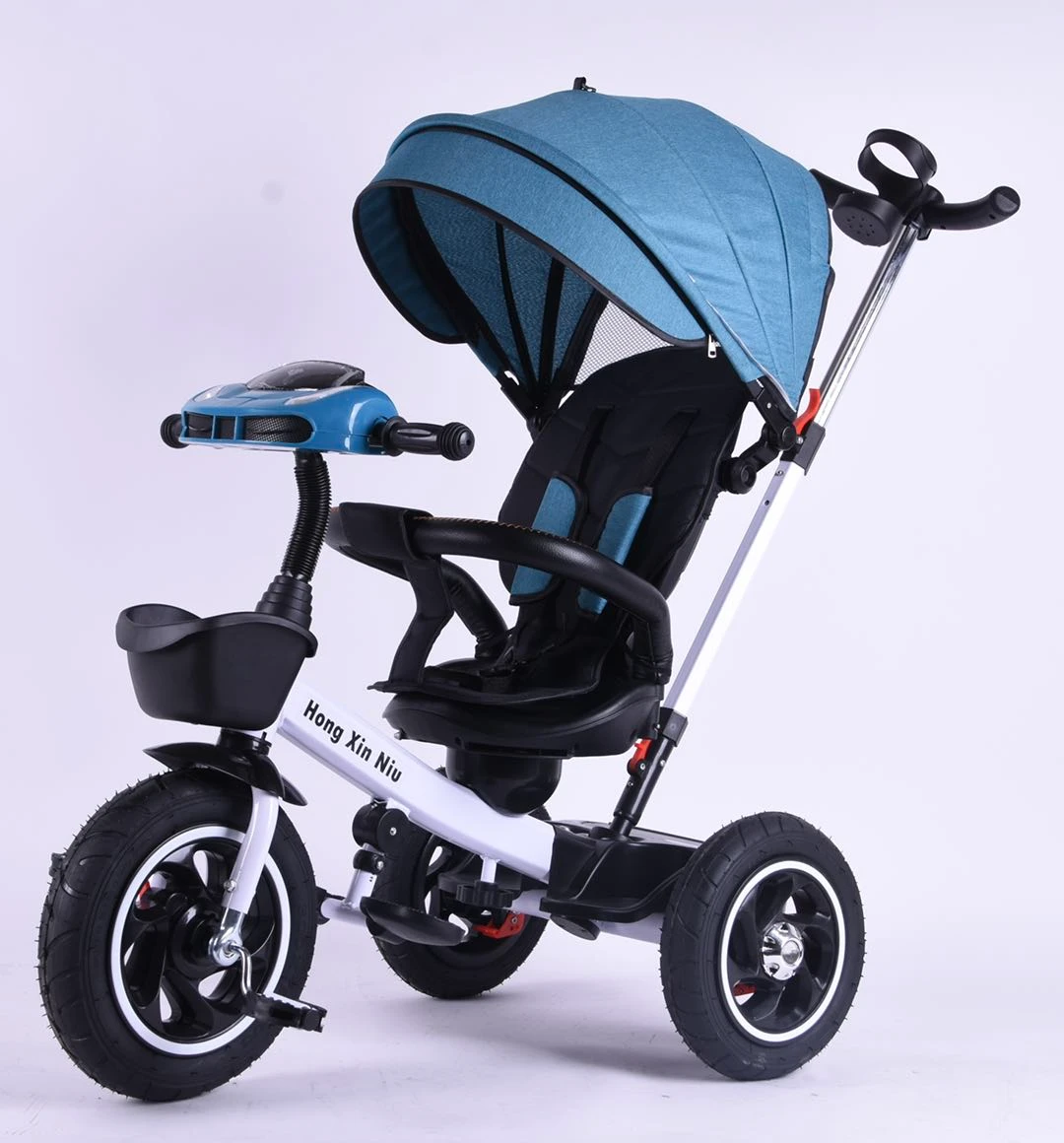how to choose a mtb
How to Choose a Mountain Bike
Choosing a mountain bike (MTB) can be an exhilarating yet daunting task. With the variety of styles, frame materials, and components available, it’s essential to understand what fits your riding style and needs. Here’s a comprehensive guide to help you make an informed decision.
1. Determine Your Riding Style
First, consider where and how you plan to ride. Mountain bikes are generally categorized into several types
- Cross-Country (XC) Designed for speed and efficiency on various terrains, XC bikes are lightweight and ideal for climbing and long-distance rides. - Trail Bikes These bikes are versatile and suitable for various terrains. They offer a good balance between climbing efficiency and downhill capability. - All-Mountain/Enduro These bikes are built to handle more technical descents, featuring more suspension travel and a robust frame. - Downhill (DH) Designed specifically for descending steep and rough trails, DH bikes prioritize stability and suspension over climbing efficiency. - Fat Bikes With oversized tires, these bikes excel in snow, sand, and soft terrains.
2. Frame Material
The frame material significantly affects the bike's performance, weight, and ride quality. Common materials include
- Aluminum Lightweight and affordable, aluminum frames are common among entry-level and mid-range bikes. - Carbon Fiber Known for its strength-to-weight ratio, carbon frames offer excellent ride quality and reduced weight but are more expensive. - Steel Steel offers durability and a smooth ride, often preferred for its longevity and comfort on rough terrains.
Suspension type is another critical factor
how to choose a mtb

- Hardtail These bikes have front suspension only, which makes them lighter and more efficient for climbing but can be uncomfortable on rough terrains. - Full-Suspension With both front and rear suspension, these bikes provide better shock absorption and control, making them ideal for technical trails, though they tend to be heavier.
4. Wheel Size
Mountain bikes typically come in three wheel sizes 26-inch, 27.5-inch, and 29-inch. Larger wheels roll over obstacles more easily and provide better traction, while smaller wheels are generally more maneuverable.
5. Fit and Comfort
Ensure that the bike fits your body size and shape. A properly sized bike will enhance your comfort and performance, reducing the risk of injury. Visit a local bike shop to test ride different sizes and styles.
6. Budget
Your budget is a crucial factor in your decision-making process. Determine how much you’re willing to spend and consider not just the bike but also necessary accessories such as a helmet, lights, and maintenance tools.
7. Research and Test Rides
Before making a final decision, do your research. Read reviews, watch videos, and consult with experienced riders. Testing different models at your local bike shop can also provide invaluable insight.
In conclusion, choosing the right mountain bike involves considering your riding style, frame material, suspension type, wheel size, fit, and budget. By taking the time to understand these factors, you can find a mountain bike that will enhance your riding experience and bring you years of enjoyment on the trails. Happy riding!
-
Unleash Fun and Safety with Our Premium Kids Scooter CollectionNewsJun.06,2025
-
Safe and Fun Rides with Our Premium Kids Tricycle CollectionNewsJun.06,2025
-
Explore Fun and Safety with Our Top-Quality Kids' BikesNewsJun.06,2025
-
Experience Fun and Safety with Our Premium Swig Car CollectionNewsJun.06,2025
-
Discover Confidence and Safety with Our Premium Kids Balance Bike CollectionNewsJun.06,2025
-
Adventure Awaits with Our Safe and Fun Kids Mini BikesNewsJun.06,2025
-
The Best Childrens Scooters for Fun and SafetyNewsJun.06,2025








